One of the things you can expect to find when visiting an old castle is old furniture. If the castle is old and big enough, you have the chance to see a lot of different styles.

Today I'm going to take you back in time and show you some furniture from different centuries, from the Citadel of Fagaras.

This is a reconstitution of a Roman mosaic from the 2nd - 3rd century AD. It is a table now, but it's still impressive. Would be interesting to know how they cut those stones out to look relatively equal. Today, with the latest technology everything is possible, but back then they had no tools for high precision work.
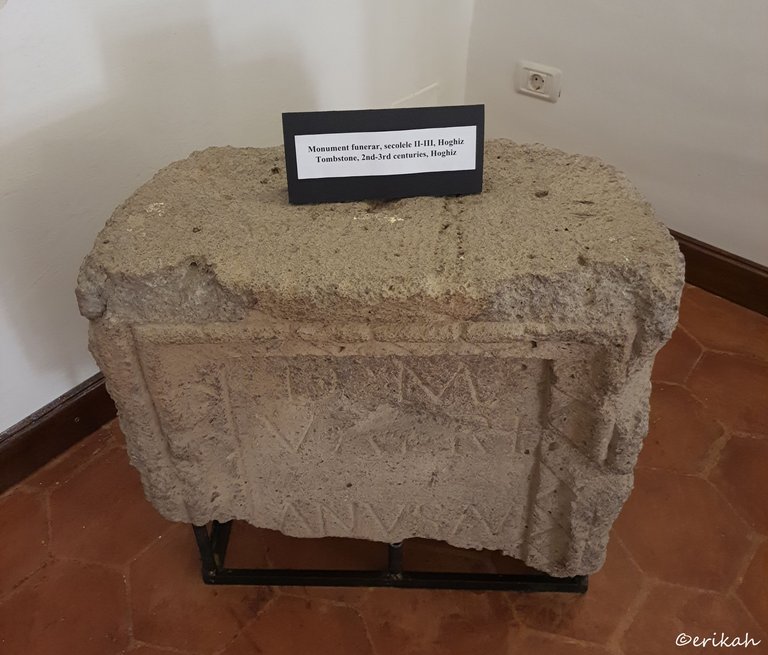
This is not a piece of furniture, but a tombstone from the 2nd - 3rd century AD, found at Hoghiz, which is a Transylvanian village. These tombstones are testimony of the past and very valuable as well. The truth is, many of these tombstones and headstones had been destroyed intentionally over the centuries, cemeteries had disappeared from the face of the earth, to remove any evidence that had been uncomfortable to some.
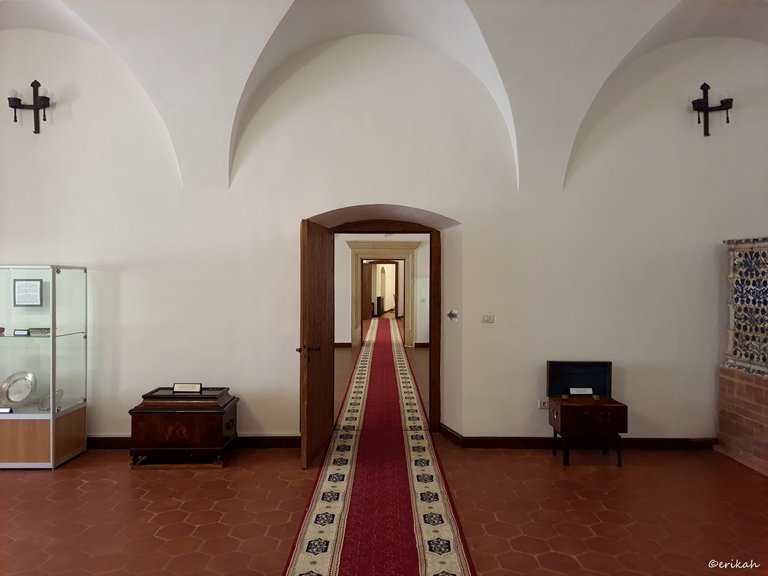
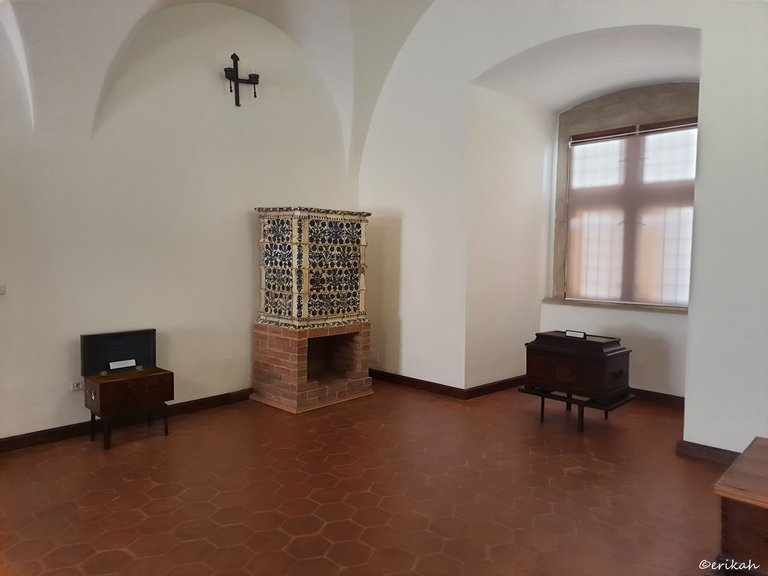
Those wooden chests were of high value back in those days.
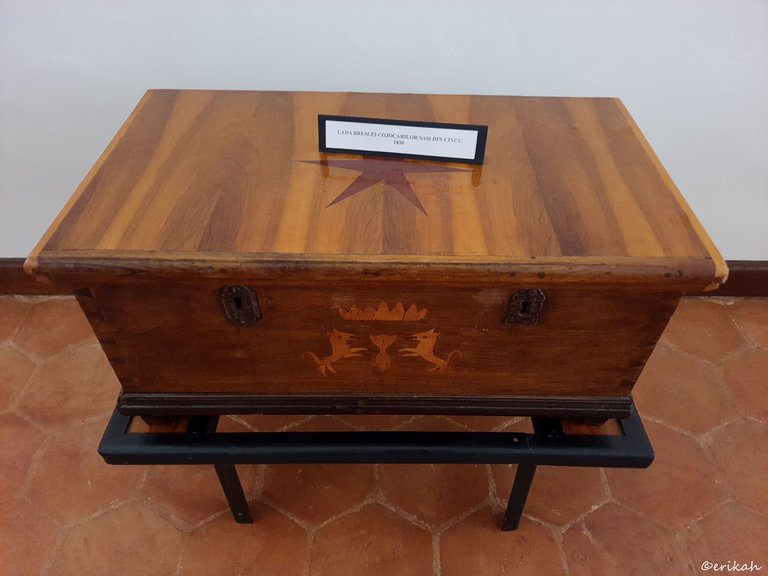
This is a crate of the Saxon Cobblers' Guild of Cincu, from 1830. Most likely the design you see on the front side was their crest. This chest is almost 200 years old and it's still in a very good condition.
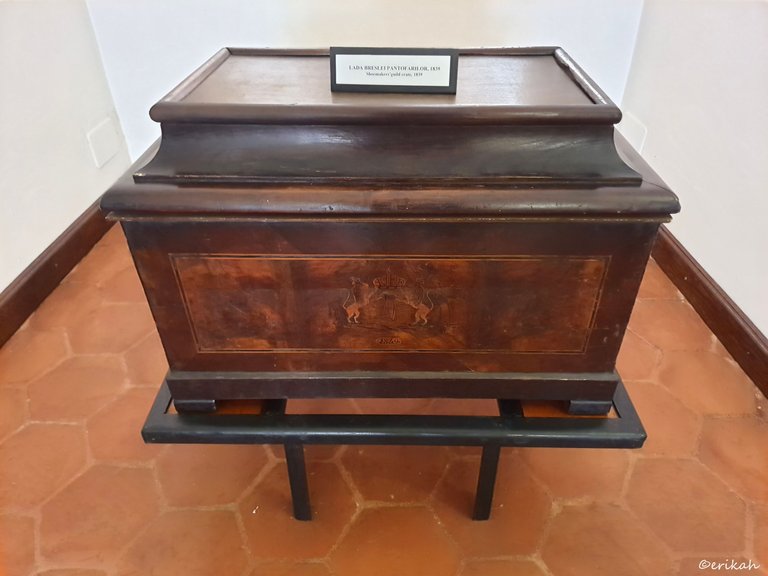
Crate of the shoemakers' guild from 1839. This one is even more stylish and the year is engraved in it. These crates or chests served as keepsake boxes, or safes we have today. Obviously this was a rudimentary version and not so safe, but that's what they had available at that stage in history.
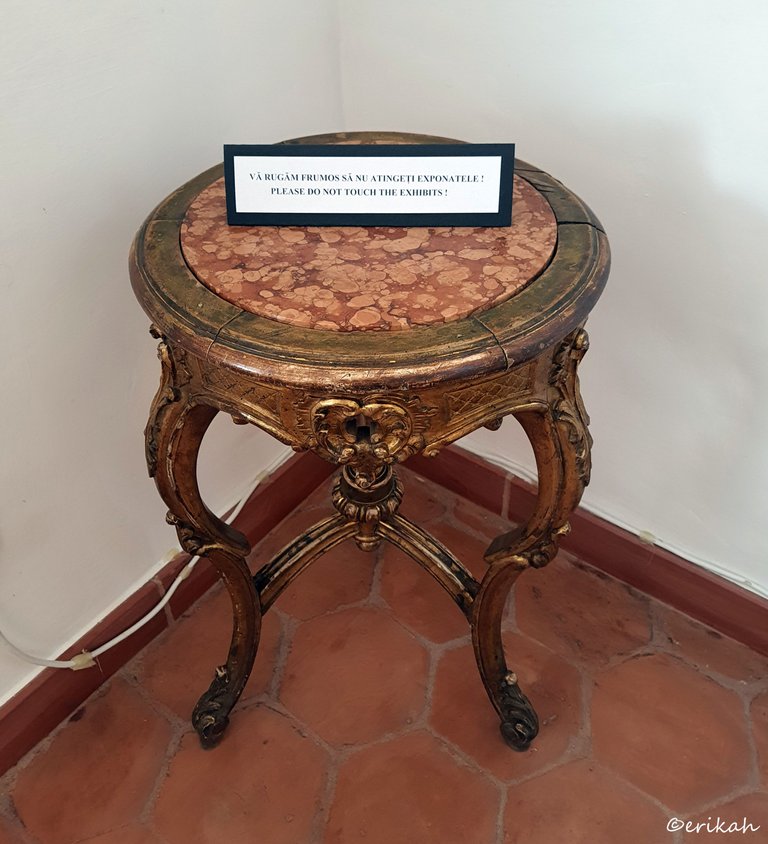
This design is most likely known for all of us from museums and movies as well. It is a very popular and stylish one. For some reason I can't explain it reminds me of Louis XIV or Louis the Great and Versailles. The palace of Versailles is full is similar furniture by the way.
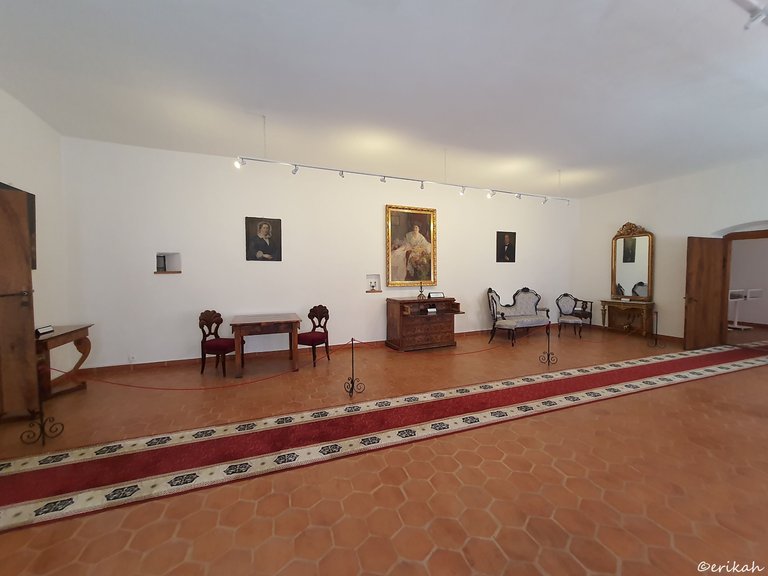
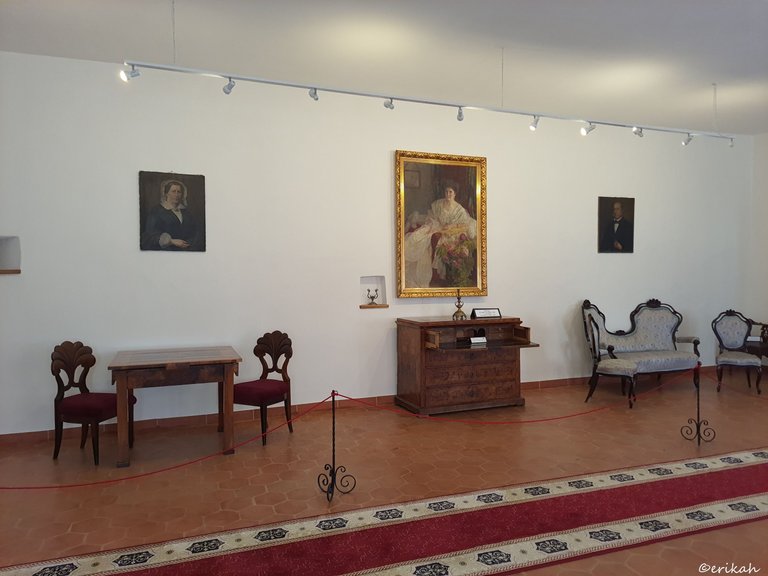
Imagine spending your day in a room like the one in the photo above, dressed in those very rigid clothes, doing nothing basically. Maybe playing cards or writing letters, reading some books. All day, every day, while your ancestors are looking at you from the painting on the wall.
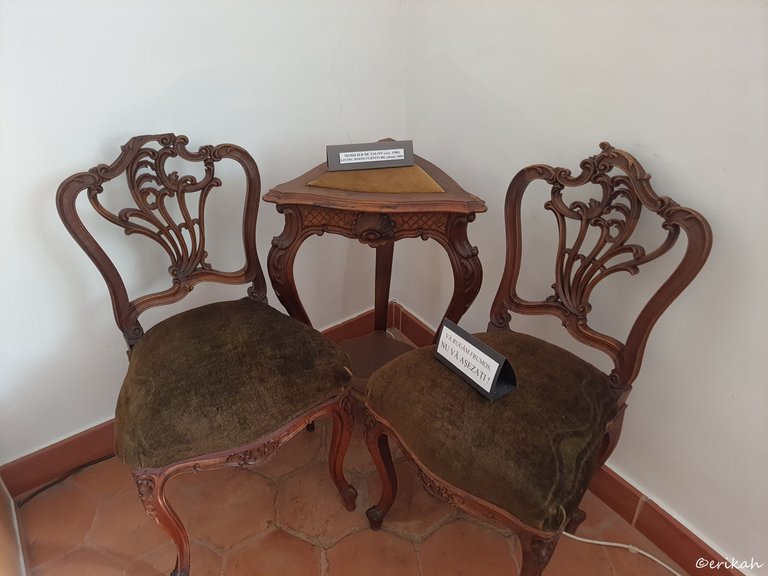
Living room furniture from around 1900. A gossip party ladies? Anyone?
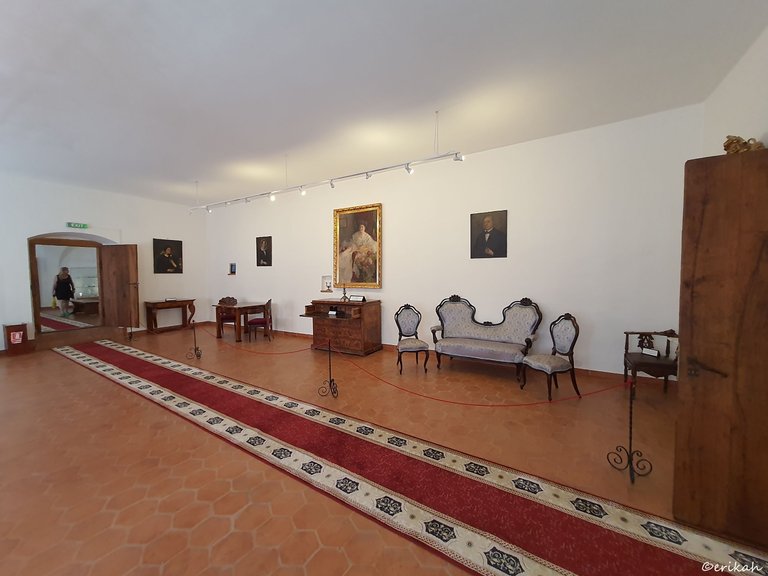
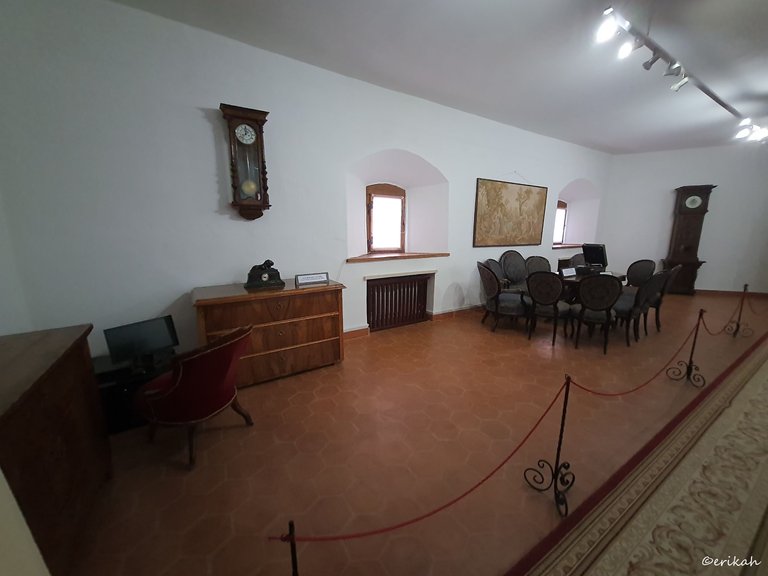
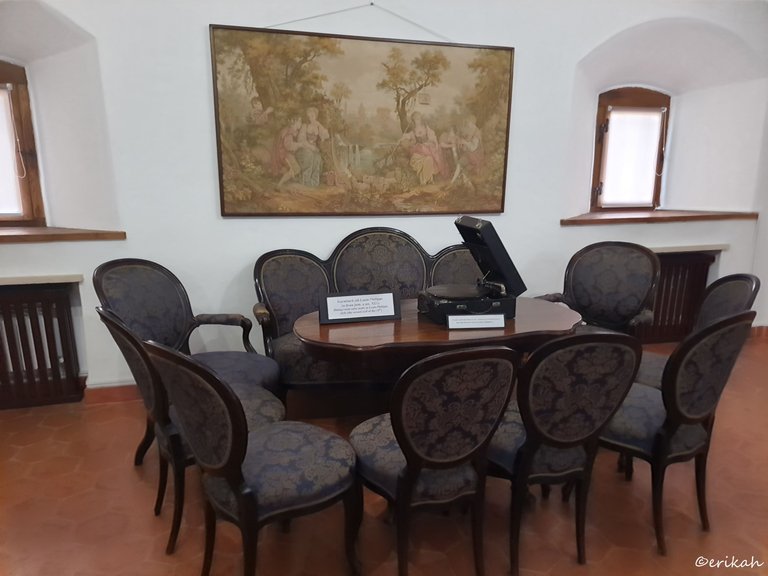
This room looked a bit different, with the oval(ish) table and more comfortable chairs. I'd say it looked more friendly than the previous one.
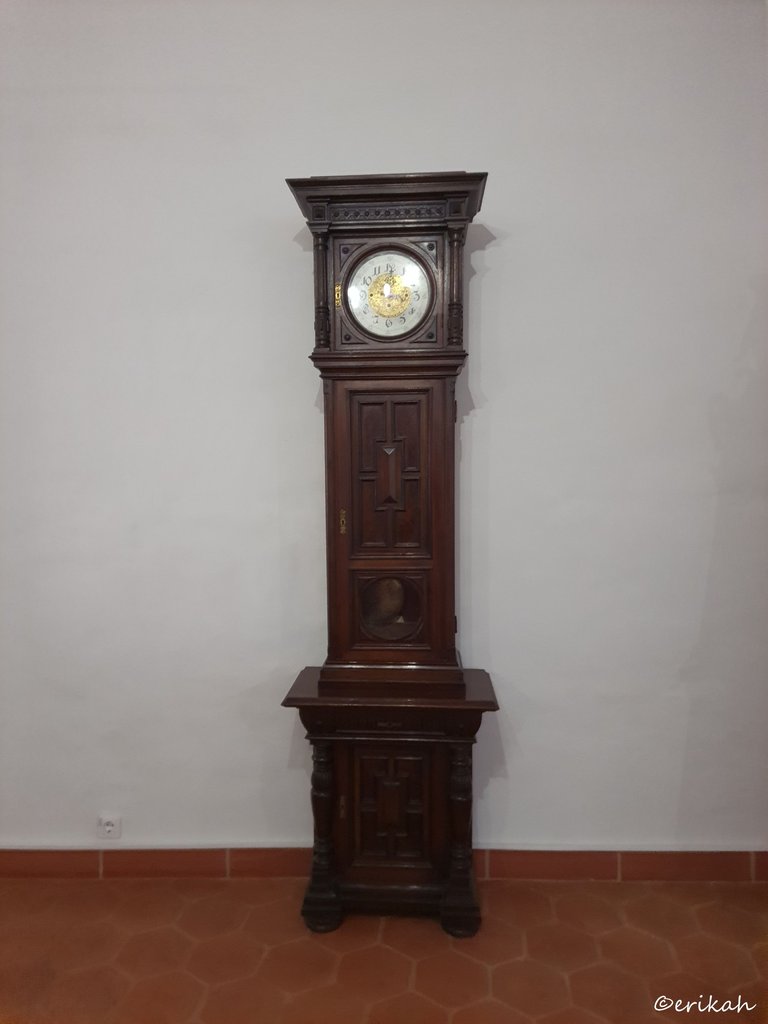
I have a thing for these clocks. Have seen quite many in museums and castles and it always makes me want one, but obviously it would not match the furniture I have and besides, who has room for such a piece of furniture, which you will never use.
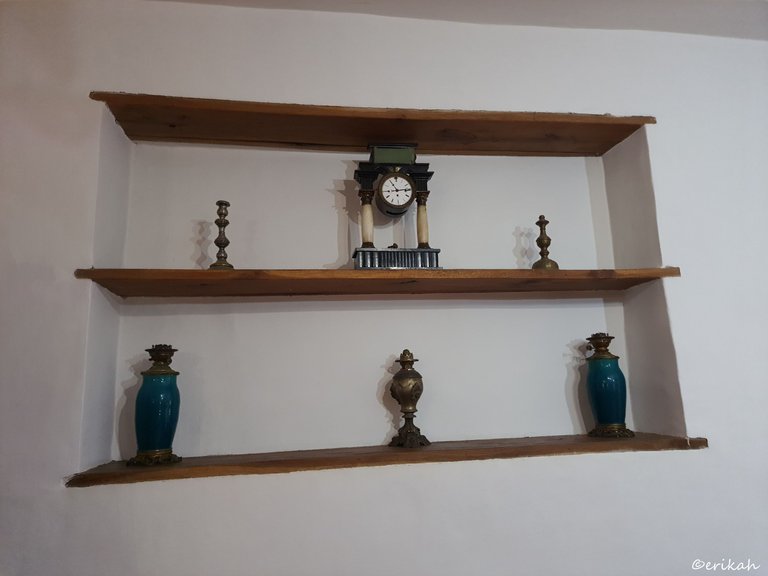
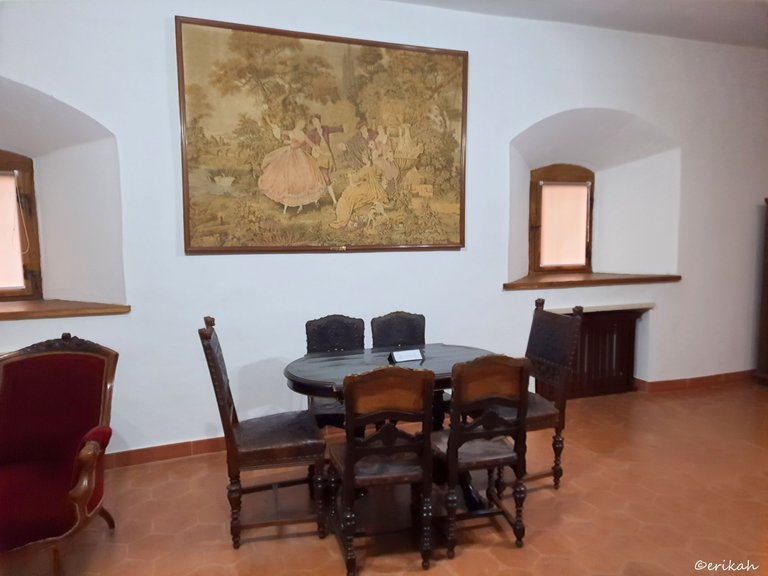
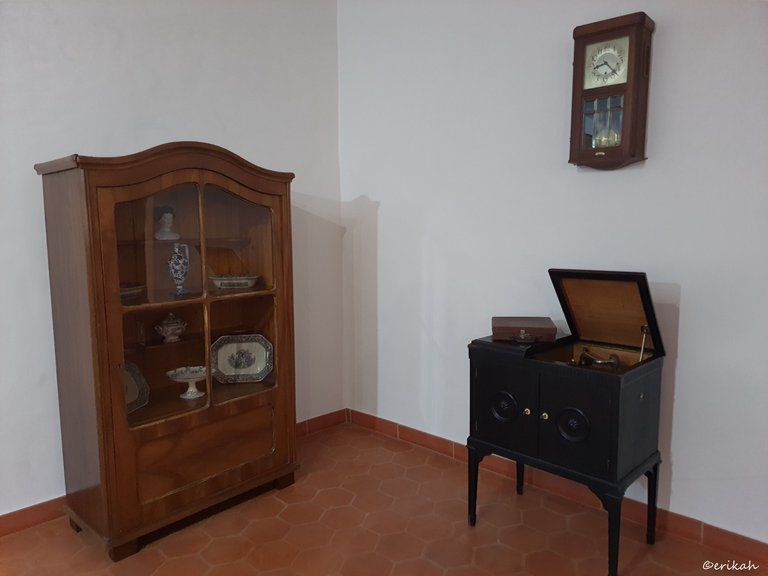
This is where it gets interesting. Look at the cabinet on the right, with the open top. I'm not sure how many of you are familiar with what you see. It is a music player, the ancestor of record player, called phonograph.
A phonograph, later called a gramophone (as a trademark since 1887, as a generic name in the UK since 1910), and since the 1940s a record player, or more recently a turntable,[a] is a device for the mechanical and analogue reproduction of recorded[b] sound. The sound vibration waveforms are recorded as corresponding physical deviations of a spiral groove engraved, etched, incised, or impressed into the surface of a rotating cylinder or disc, called a "record". To recreate the sound, the surface is similarly rotated while a playback stylus traces the groove and is therefore vibrated by it, very faintly reproducing the recorded sound. In early acoustic phonographs, the stylus vibrated a diaphragm which produced sound waves which were coupled to the open air through a flaring horn, or directly to the listener's ears through stethoscope-type earphones. source
Have you ever seen one? Have you ever heard one playing? I've seen several, but have never actually heard one playing.
Imagine back in those days, music was a rarity and they only had music if someone played some of the instruments live. This is why ladies and gentlemen too, were forced to learn playing the piano and later they had to perform in front of the guests. It was kind of showing off with their talent, or lack of it in many cases. Playing the piano was part of their education.
The phonograph and its later forms came only in the 19th century. Today everyone holding a cellphone has music, one way or another, but back in those days life was very different.
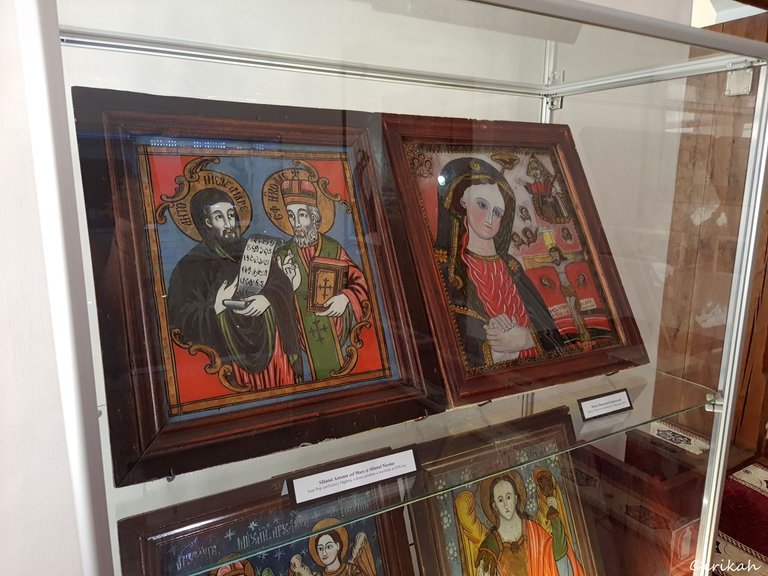
Nobles usually had their own chapel or church, inside the walls. I haven't seen one at the Fagaras citadel though. Maybe I missed it? But there were these religious paintings from the 19th century.
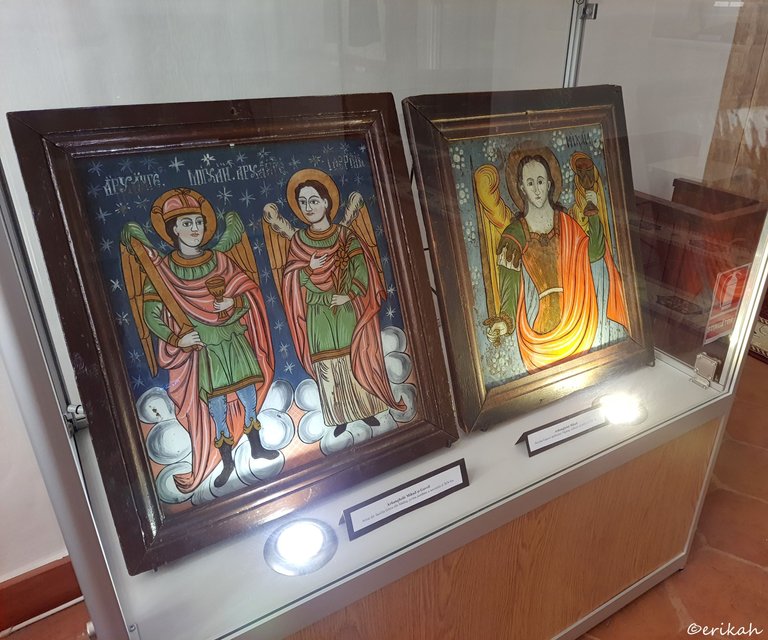
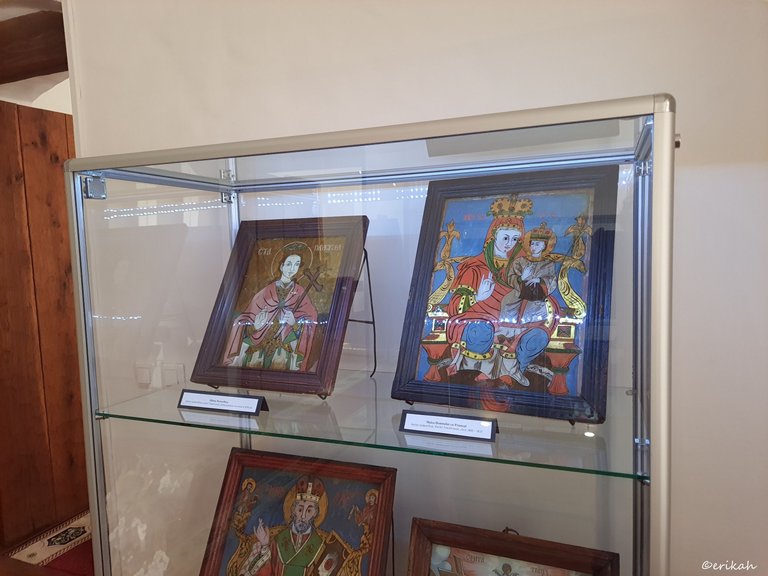
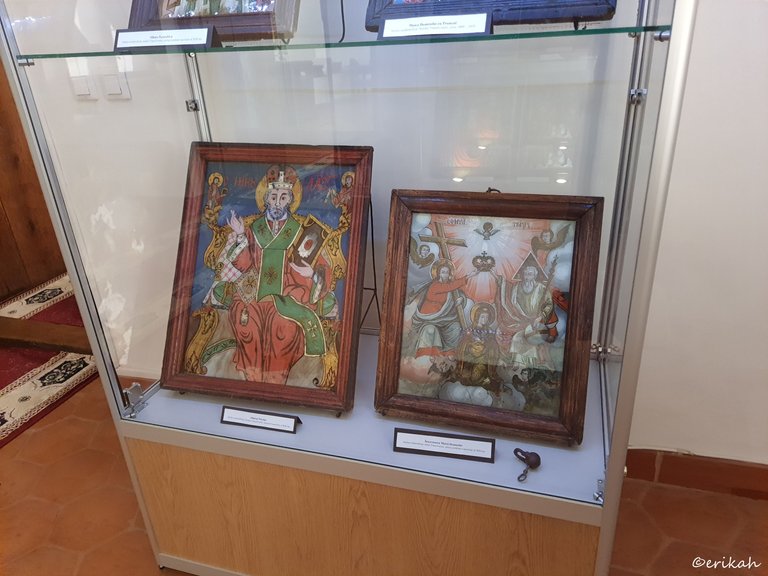
Portraits of saints, scenes from the bible, most of them from the 19th century.
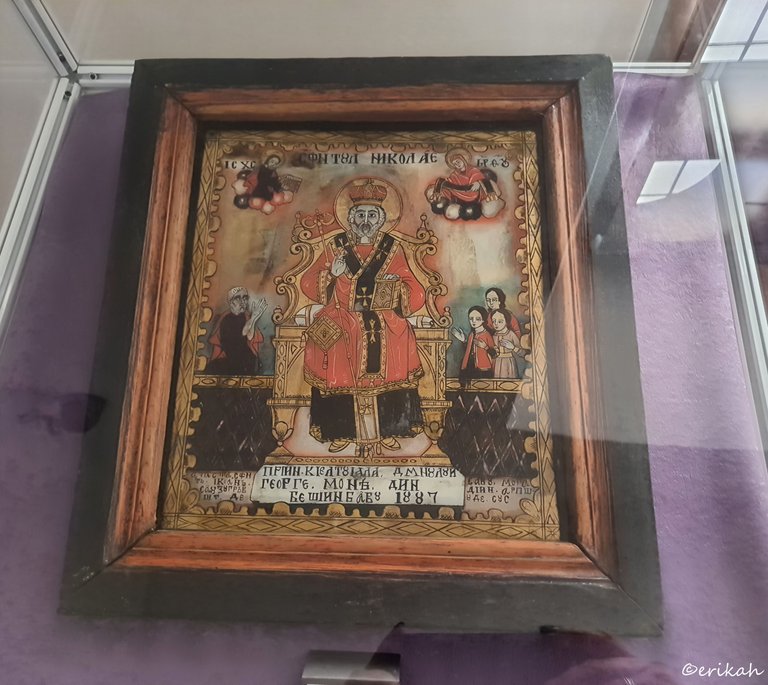
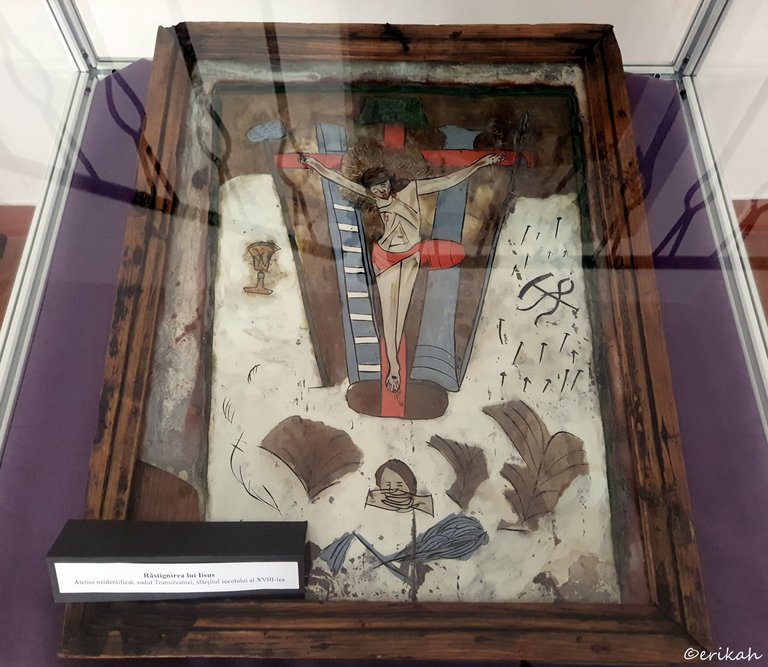
This is actually from the 18th century. Impressive!

If you're a newbie, you may want to check out these guides:
- Communities Explained - Newbie Guide
- Cross Posting And Reposting Explained, Using PeakD
- Hive Is Not For Me
- How To Pump Your Reputation Fast - Newbie Guide
- Tips And Tricks & Useful Hive Tools For Newbies
- More Useful Tools On Hive - Newbie Guide
- Community List And Why It Is Important To Post In The Right Community
- Witnesses And Proposals Explained - Newbie Guide
- To Stake, Or Not To Stake - Newbie Guide
- Tags And Tagging - Newbie Guide
- Newbie Expectations And Reality
- About Dust Vote And Hive Reward Pool, by libertycrypto27
